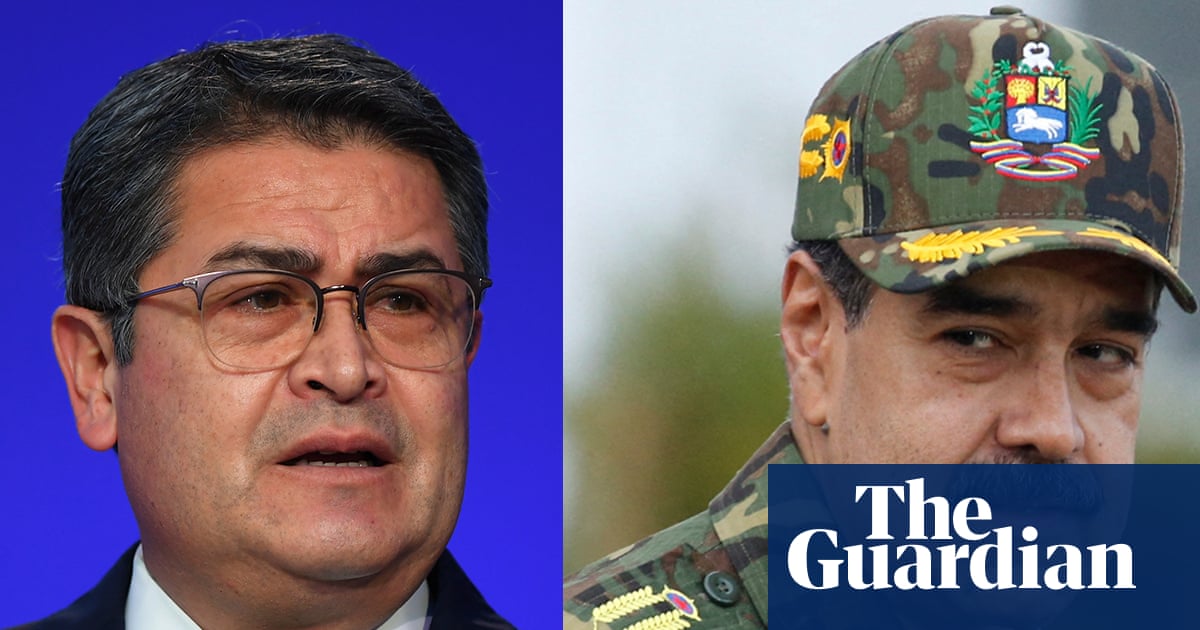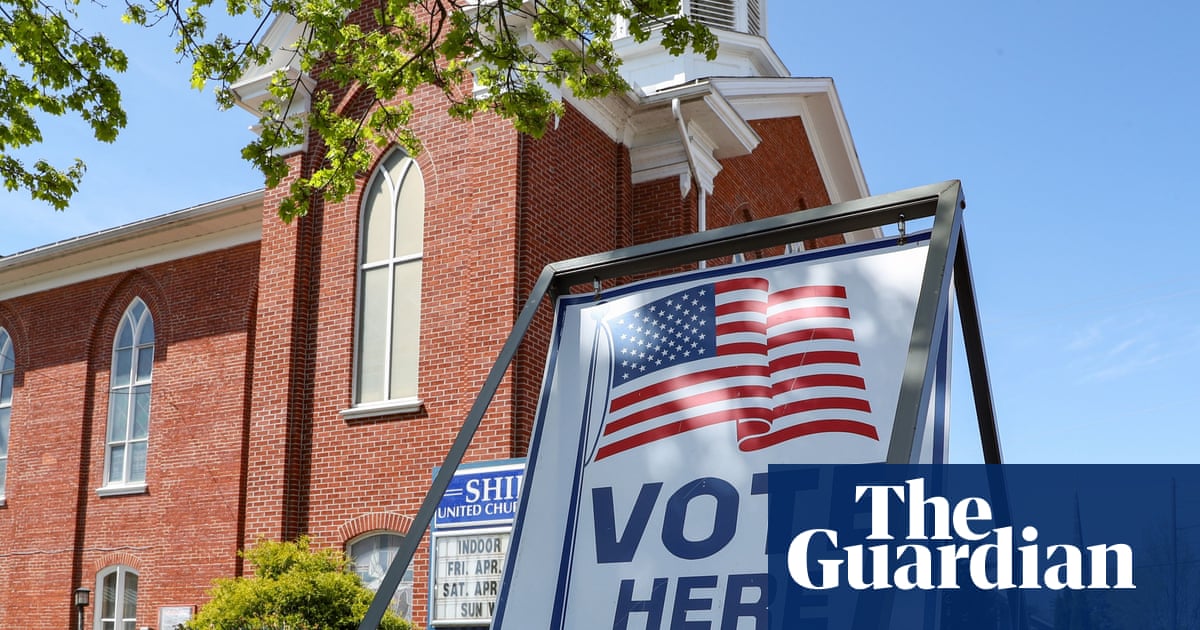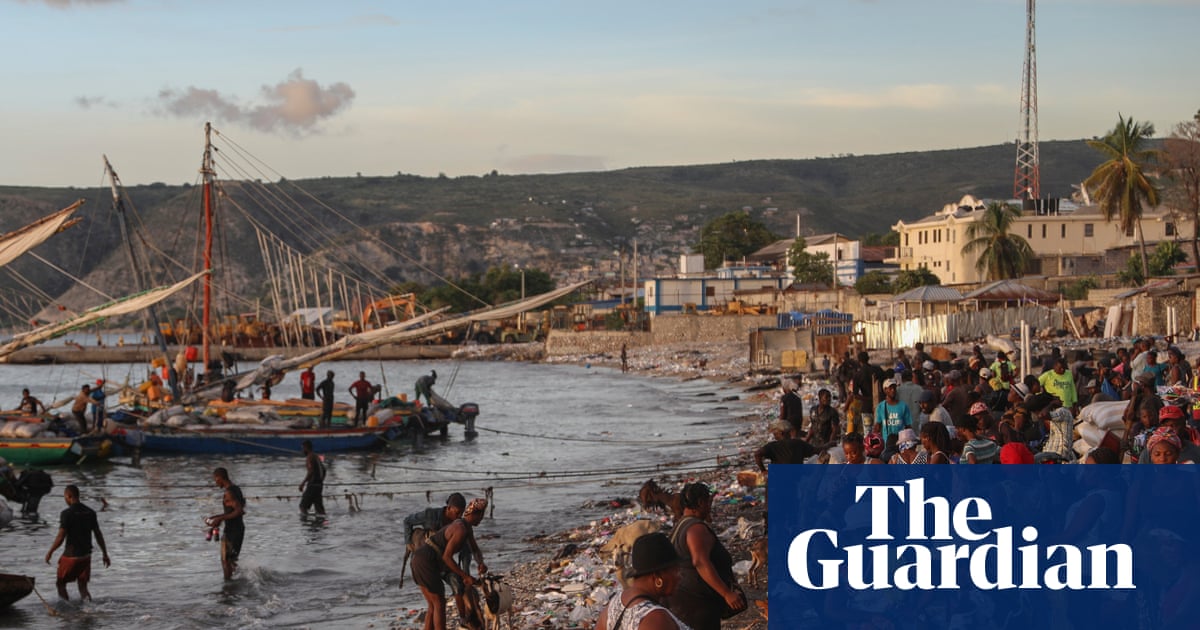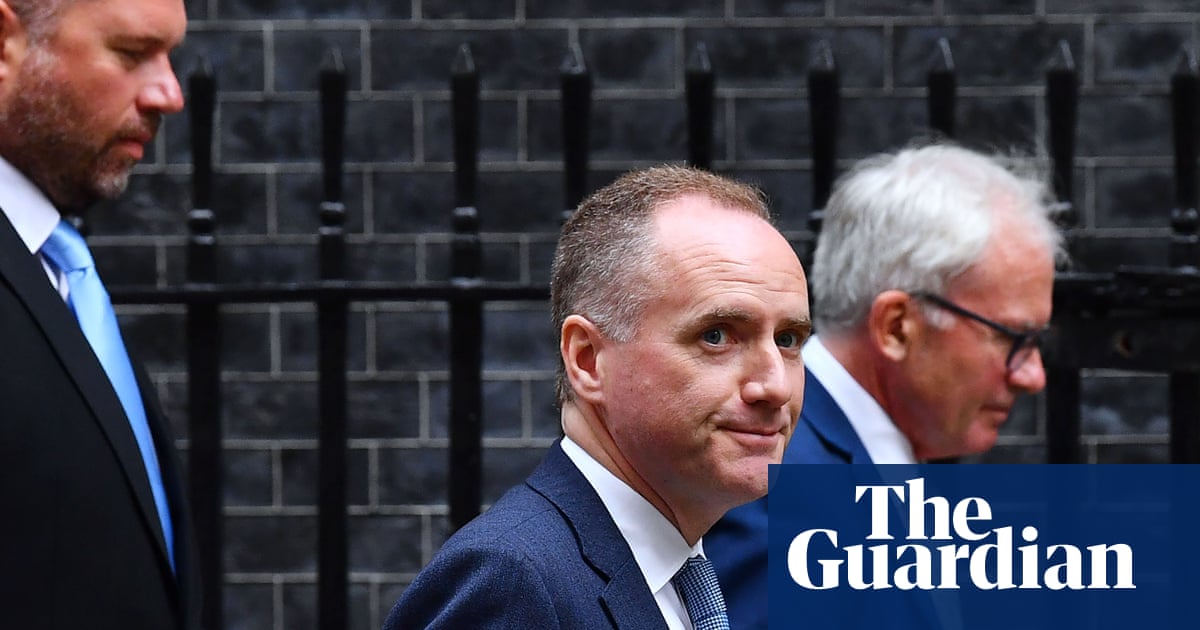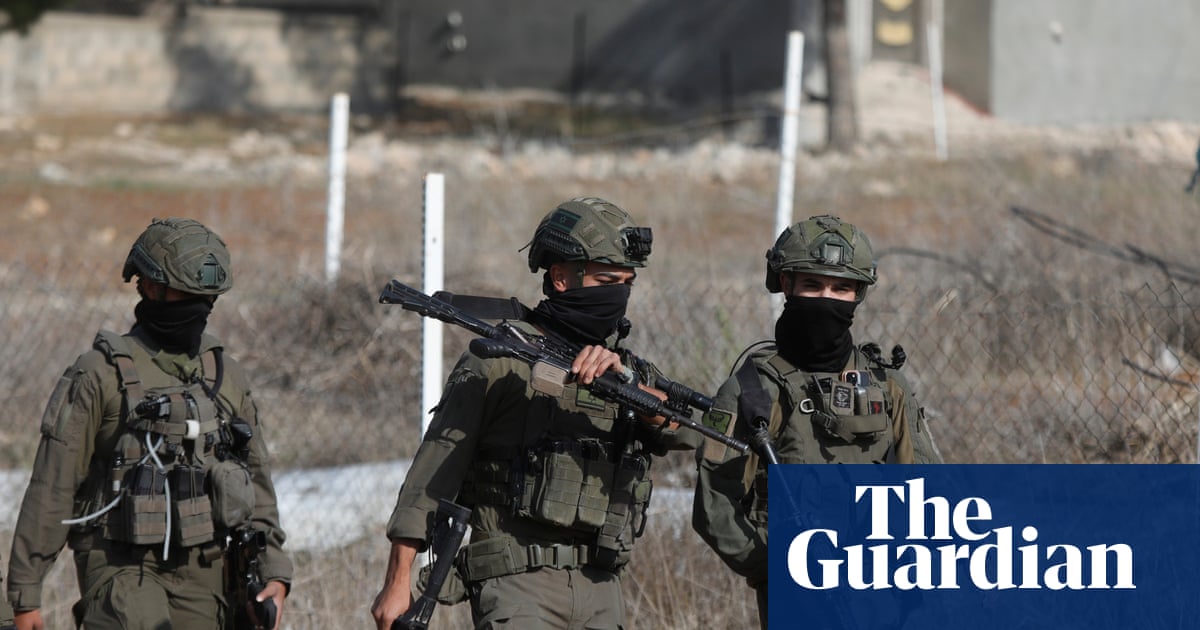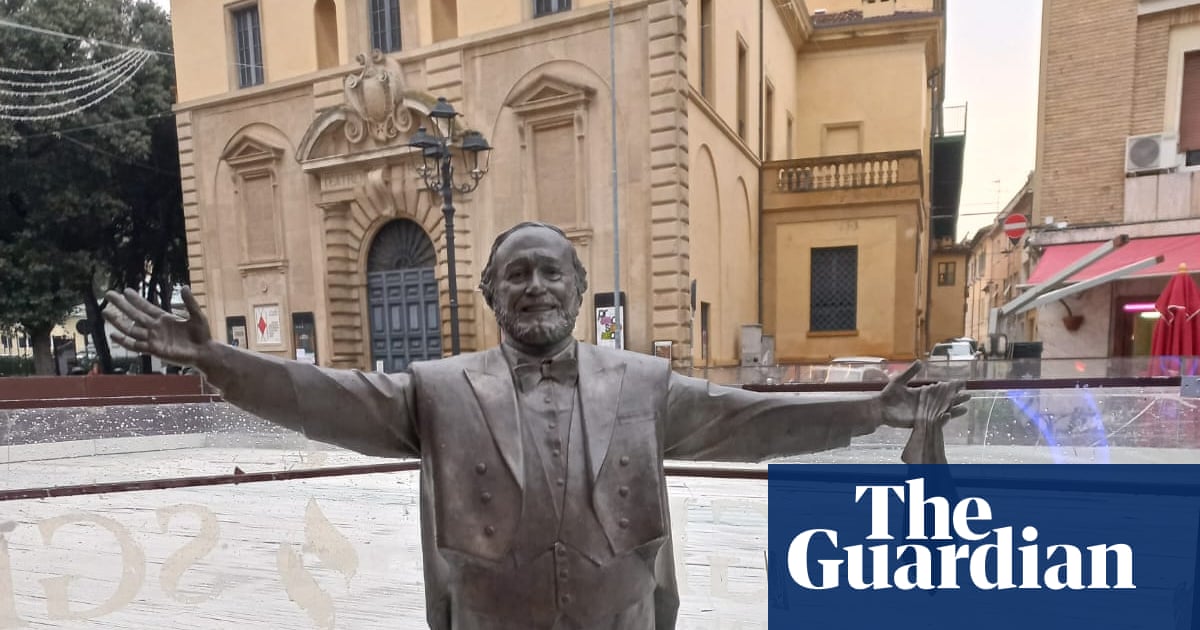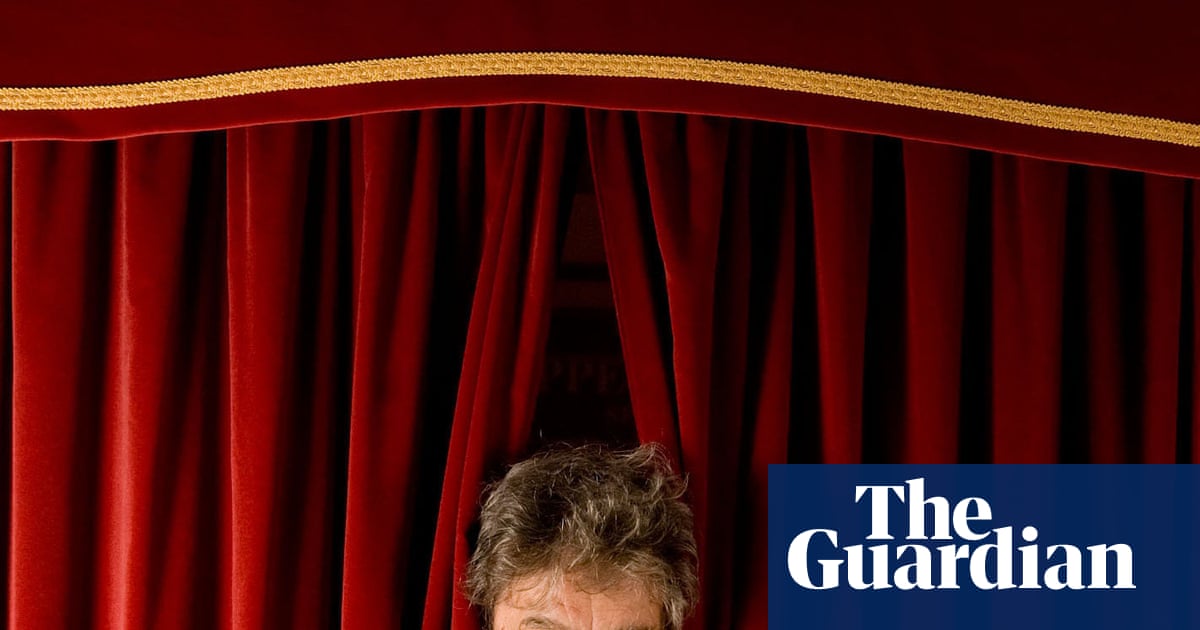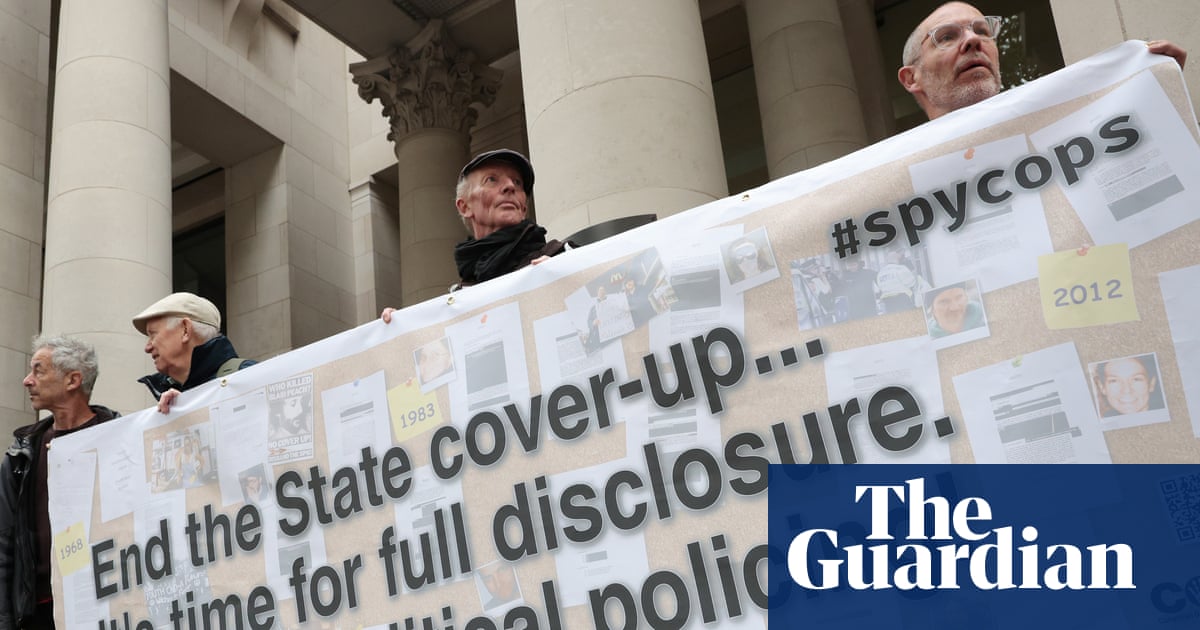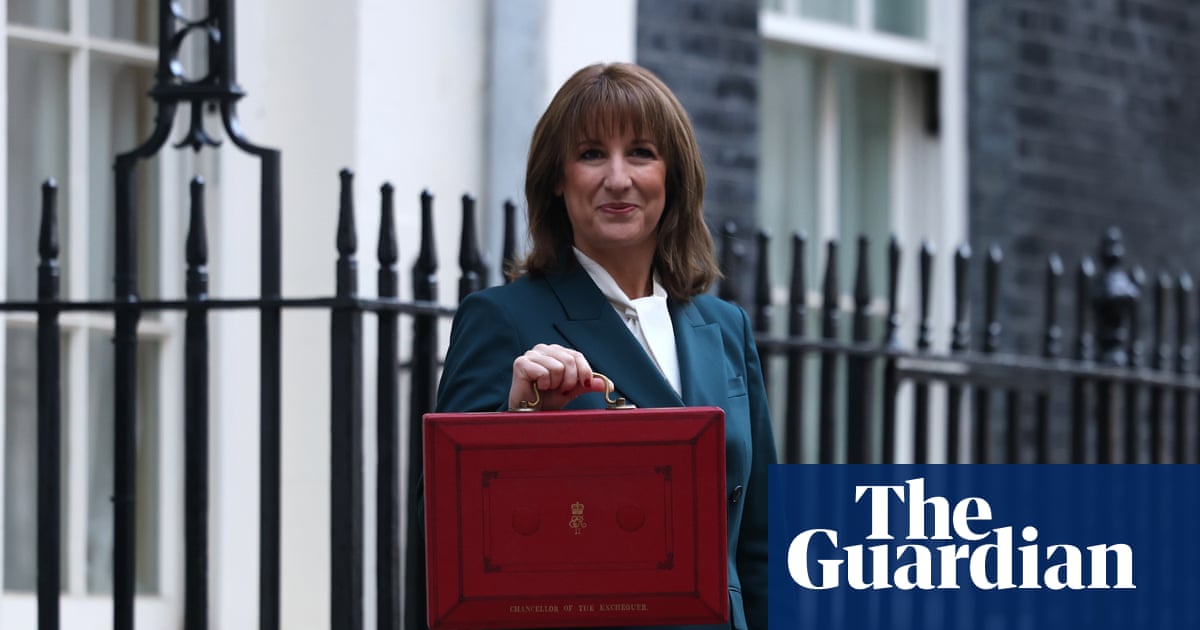Gaza risks sliding towards a deadly limbo where a ceasefire is nominally in place but killing continues, a top Qatari diplomat has warned, calling for rapid progress in setting up the international security force and administration to pave the way for full Israeli withdrawal.
“We don’t want to reach a situation of no war, no peace,” said Majed al-Ansari, adviser to Qatar’s prime minister and spokesperson for the foreign ministry.
On Tuesday, Israeli airstrikes killed more than 100 Palestinians, at least 66 of them women and children, in the deadliest day since Donald Trump declared the war was over. Israel said the bombings were in response to an attack in Rafah city that killed a soldier carrying out demolitions there.
The ceasefire deal called for an international force to secure Gaza, reducing the risk of violence flaring in the short term and paving the way for the demilitarisation of Hamas and a full withdrawal of Israeli forces, which still occupy more than half of Gaza.
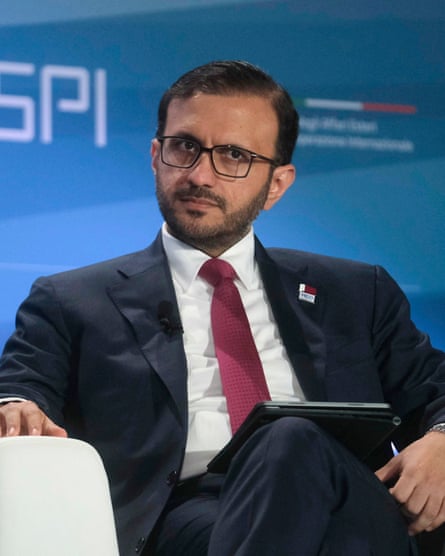
Getting the international force in place fast, along with a new Palestinian administration, was critical for the fragile pause to become a more lasting peace, Ansari told the Guardian in an interview.
“There is a need for the international community to go in, assess the damage, start thinking about reconstruction, working on reconstruction, and to formally keep the peace,” he said. “This is what will significantly shift the whole process from war to the day after.”
The 20-point plan for Gaza’s future, which underpins the ceasefire, sidestepped basic details including the force’s mandate and membership. Qatar and regional allies want it to be backed by the UN, something the US secretary of state, Marco Rubio, said Washington was considering.
Ansari said: “We’re very hopeful that if we are able to get a security council resolution and a mandate for an administration and an international force in Gaza, that we would be able to stabilise the situation.
“In principle, a lot of the countries in the region and beyond have agreed to be part of this, but in practice that needs a very concrete mandate for the force.”
Hammering out the terms of international missions is a complex diplomatic process that normally takes weeks or months, time Gaza may not be able to afford. The ceasefire is under daily pressure, with both parties trading accusations of violations.
“There are a lot of challenges before we are able to dispense with stage one [of the deal],” Ansari said. “Including the difficulty of excavating the remains of those [hostages] who were killed and ascertaining their identities, and the violations that result in the death of Palestinians every day at the hands of IDF soldiers.”
The bodies of 11 hostages are still in Gaza, after the remains of Amiram Cooper and Sahar Baruch were returned on Thursday.
The Trump administration’s commitment is critical to the ceasefire’s success, and is evident in the convoy of senior envoys heading to Israel, including the president’s son-in-law Jared Kushner and the vice-president, JD Vance.
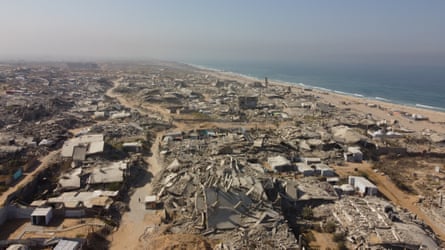
“The only thing that has always tipped the scales in the favour of ceasefire was US engagement,” Ansari said. That was true of all three agreements reached to halt fighting after 7 October, he added.
Trump hailed the deal he sealed as one for the ages, although versions of it had been on the table for more than a year. The Israeli prime minister, Benjamin Netanyahu, is widely reported to have backed away from a similar agreement in April 2024 in order to safeguard his coalition government, which includes far-right parties strongly opposed to ending the war.
“We’ve had so many near-misses in achieving such a deal, [which leads to] a level of frustration and tiredness among the negotiators,” Ansari said. Qatar’s chief negotiator had not had more than two days off since 7 October, and the pressure of the work had led to colleagues being admitted to hospital, he added.
In September, pressure on Qatari negotiators reached an unprecedented peak when Israel fired missiles at a meeting in Doha of Hamas officials gathered to discuss the US ceasefire proposal.
The strikes killed a Qatari citizen and five Hamas members, blind-siding Qatar. They came in a week when mediators thought they were making progress, he said; Qatar had told Israel and the US that Hamas would be meeting to discuss the latest Trump proposal and had promised a response by Friday.
Ansari said the missiles were aimed at Hamas leaders, but the timing suggested Qatar’s diplomatic work on global conflicts was a secondary target. “It was designed to push us out, not only out of these [Gaza] talks, but to push us out as an internationally trusted mediator,” he said. “We were working on more than 10 mediations on the day of the attack.”
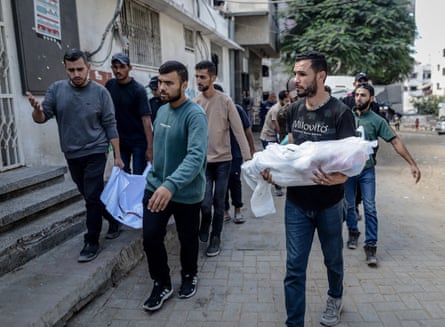
Israel’s strike threatened decades of investment in diplomacy that was based, in part, on assurances that Doha was a safe and neutral place for enemies to meet, he said.
Ansari heard and felt the missiles landing, in a residential neighbourhood dotted with embassies and international schools and near his daughter’s university. As the ground shook, his mind emptied of all thoughts except whether she was safe.
“This was not an attack we could brush off and continue doing the work that we were doing,” he said. Qatar, which has nearly two decades of experience mediating between Israel and Hamas, made clear to the US that negotiations over Gaza were off until it got “serious assurances” that Israel would never strike its territories again.
In the days that followed, Qatar underlined its diplomatic clout by concluding the first round of talks between Colombian factions and securing the release of an elderly British couple and an American citizen from Taliban captivity.
Trump then made clear he wanted a halt to fighting in Gaza, probably with his eye on the Nobel peace prize he openly covets, and forced Netanyahu to apologise to the Qataris both privately and publicly.
Work resumed on the ceasefire, with Qatari diplomats focused on three key goals as they helped the warring parties agree the 20-point plan underlying the deal, Ansari said.
He said the goals were, first, “ending the war, stopping the bloodshed”, and second, “making sure that there is no annexation or occupation as a result of anything happening on the ground”. Finally, the aim was to make sure there was no displacement of Palestinians from Gaza, he said. “We checked all these three boxes in the final document.”
However, even if Trump ensures the ceasefire holds, turning his loose framework for Gaza’s future into reality on the ground will be a long and difficult process. And the plan makes only the vaguest commitment towards a future of Palestinian self-rule and sovereignty, which Netanyahu’s government has repeatedly and strongly opposed.

 1 month ago
21
1 month ago
21
